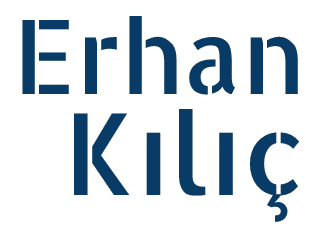PHP-FIG’s PSR Standards: A Guide with Examples
PHP-FIG’s PSR Standards
The PHP Framework Interop Group (PHP-FIG) plays a crucial role in enhancing the interoperability of PHP components and libraries across different frameworks. One of the significant contributions of PHP-FIG is the set of standards called PSR, which stands for “PHP Standard Recommendation.” These PSR standards provide guidelines and recommendations for coding styles, autoloading, and more, ensuring a consistent and collaborative approach to PHP development. In this article, we will explore some of the prominent PSR standards with illustrative examples.
1. PSR-1: Basic Coding Standard
PSR-1 lays down the basic coding standards that PHP developers should follow to ensure a uniform and readable codebase. Key recommendations include:
– Using only PHP tags for inline code and omitting the closing tag in pure PHP files.
– Using namespaces and classes with proper capitalization.
Example illustrating PSR-1 guidelines:
<?php
namespace MyNamespace;
class MyClass {
// Class implementation
}
2. PSR-2: Coding Style Guide
Building upon PSR-1, PSR-2 provides more detailed coding style guidelines, promoting a consistent look and feel across projects. It covers indentation, naming conventions, and more.
Example illustrating PSR-2 guidelines:
<?php
namespace MyNamespace;
class MyClass
{
const MY_CONSTANT = 'value';
protected $myProperty;
public function myMethod($parameter)
{
if ($condition) {
// Code block
}
}
}
3. PSR-4: Autoloading Standard
Autoloading classes is a common practice in PHP projects to streamline the inclusion of necessary files. PSR-4 defines rules for autoloading classes based on namespaces and directory structures.
Example illustrating PSR-4 autoloading:
Assuming your project structure is:
project/ src/ MyNamespace/ MyClass.php
<?php
// Autoloader setup
spl_autoload_register(function ($className) {
$prefix = 'MyNamespace\\';
$baseDir = __DIR__ . '/src/';
$len = strlen($prefix);
if (strncmp($prefix, $className, $len) !== 0) {
return;
}
$relativeClass = substr($className, $len);
$file = $baseDir . str_replace('\\', '/', $relativeClass) . '.php';
if (file_exists($file)) {
require $file;
}
});
// Usage
$myObject = new MyNamespace\MyClass();
4. PSR-7: HTTP Message Interface
This standard defines interfaces for HTTP messages, such as request and response objects. It enables better interoperability between web components and frameworks.
Example illustrating PSR-7 interfaces:
<?php
use Psr\Http\Message\ServerRequestInterface;
use Psr\Http\Message\ResponseInterface;
function handleRequest(ServerRequestInterface $request): ResponseInterface {
// Handle the request and create a response
// ...
return $response;
}
5. PSR-11: Container Interface
Containerization is a common practice for managing dependencies in PHP projects. PSR-11 defines an interface for containers, ensuring a consistent way to access and manage dependencies.
Example illustrating PSR-11 container usage:
<?php
use Psr\Container\ContainerInterface;
class ExampleService {
private $dependency;
public function __construct(ContainerInterface $container) {
$this->dependency = $container->get('DependencyClass');
}
}
These are just a few examples of the many PSR standards maintained by PHP-FIG. Following these standards in your PHP projects can lead to increased collaboration, maintainability, and code quality across different libraries and frameworks. By adhering to these recommendations, developers contribute to a stronger and more cohesive PHP ecosystem.




